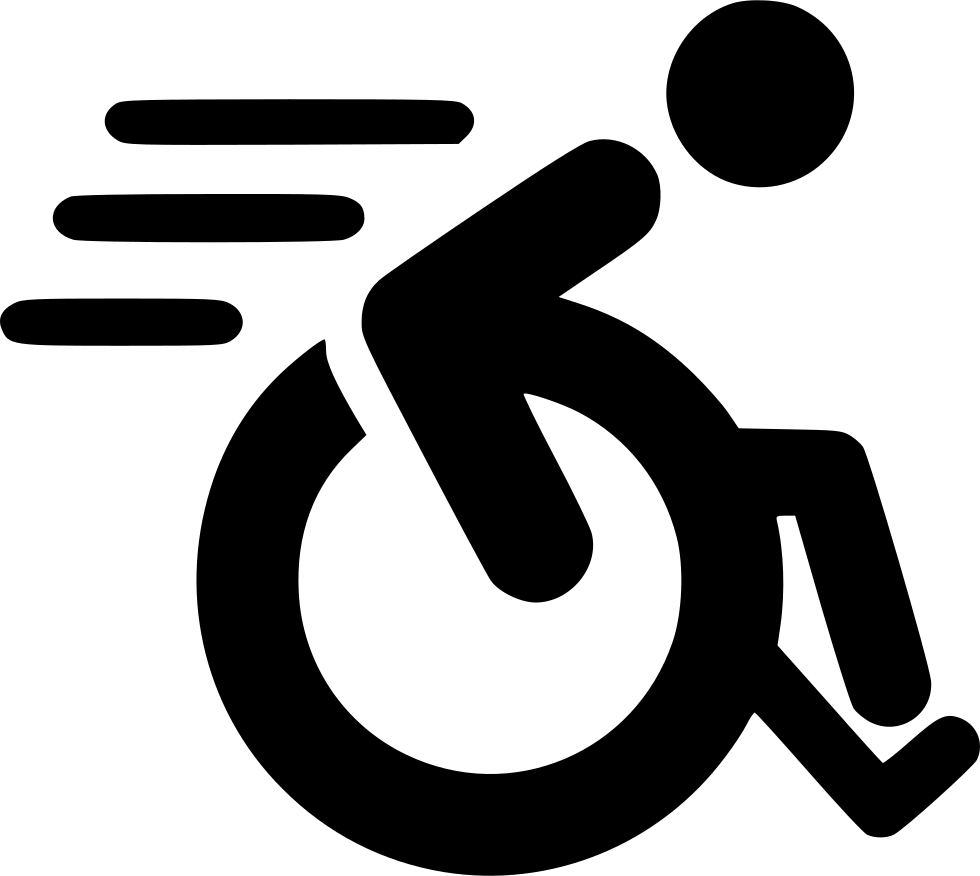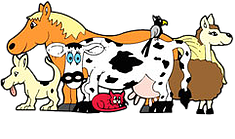Cytology Techniques
Cytology is the microscopic examination of cells collected from the body. By examining the appearance of these cells including their numbers, size, shape, colour and internal characteristics, this can often lead to a diagnosis.
When is cytology performed?
Cytology is a frequently used diagnostic tool when investigating abnormal masses (lumps and bumps) but it can also be used to investigate problems associated with :
- body organs such as the liver, lungs, lymph nodes or kidneys
- fluids such as urine or joint fluid
- effusions (abnormal fluid accumulations) especially in the chest and abdomen
- both internal and external body surfaces, e.g. mouth, eye, nasal passages, etc
What information can cytology provide?
Cytology can frequently answer the question, is this problem neoplastic (cancerous) or is it caused as a result of inflammation?
If the sample appears neoplastic, cytological examination can usually determine which type of tissue is involved and whether the neoplasm (mass) is malignant (cancerous) or benign.
"If the sample appears neoplastic, cytological examination can usually determine which type of tissue is involved and whether the neoplasm (mass) is malignant (cancerous) or benign."
If there is inflammation, cytological investigation can often identify the underlying cause, such as bacterial infection, embedded foreign body, allergic reaction etc.
Such information is important for the veterinarian when investigating the problem. For example, if the problem is inflammatory the next step will be to establish the cause, whether it is bacterial, parasitic, fungal, allergic etc. If cytology indicates a malignant neoplasm, on the other hand, treatment strategies can be planned and discussed and a more accurate prognosis regarding treatment can be offered to the owner.
 Cytology techniques
Cytology techniques
How is the cytology sample collected?
This really depends on the problem and the site. Collecting cells from body surfaces may involve scrapings, impression smears, swabs or flushing (lavage) techniques.
Skin scraping
This is a simple, relatively painless technique used to obtain a sample when there is a patch of flaky skin, a bald spot, or mildly ulcerated skin lump. It involves gently scraping the lesion with a sterile scalpel blade and then transferring the material on to a microscope slide which can then be stained and processed by the laboratory.
Impression smears
This technique is used for draining wounds or large ulcerating or oozing sores on the skin. Clean microscope slides are gently pressed against the affected area and then lifted off. This is done several times and each time a small amount of material adheres to the slide. This is then dried, stained and examined.
Skin scrapings and impression smears are both useful for detecting skin parasites, bacteria, yeasts, fungi, inflammatory cells and any abnormal tissue cells.
Swabs
A sterile bacterial swab (similar to a cotton bud) is used to collect samples of discharge, such as from a burst abscess or to harvest cells from moist surfaces like the mouth, the eye, the nostril or the vagina. For cytological examination, the swab is then rolled across a clean microscope slide. This again is dried and stained appropriately in order to reveal any inflammatory cells, infectious organisms (e.g. bacteria, yeasts, fungi, etc) or abnormal cells. Sometimes a further bacteriological swab will be taken and put into transport media and sent to the laboratory in order to attempt to grow any infectious agents such as bacteria, fungi, etc.
Flushing (lavage)
This is a specialised technique used to collect cells from surfaces within the body such as the nasal cavity, trachea (windpipe) or lungs. A syringe filled with sterile saline or similar fluid is attached to a flexible catheter. This is passed into the area under investigation. A small amount of the fluid is flushed into the area and then suctioned back without delay. The recovered fluid usually contains small numbers of cells that can be examined under the microscope. The technique is known as flushing, lavage or washing and is often helpful in identifying inflammation, infection and cancer.
Fine needle biopsy or fine needle aspiration (FNA)
This is a simple technique involving a very fine gauge needle attached to an empty sterile syringe. The needle is introduced into the target tissue or pocket of fluid and the syringe used is pulled back to create suction. Sometimes the needle itself may be move in and out of the sample (like a sewing machine needle). If cells or fluids need to be harvested from a site deep inside the body, e.g. liver, gall bladder, etc ultrasound guided techniques may be used. The ultrasound is used to identify the exact site and to help with the placement of the needle. Once collected the sample is placed on a clean microscrope slide, dried and stained.
"This is a simple technique involving a very fine gauge needle attached to an empty sterile syringe."
Cytological techniques are also useful to examine cells from body organs such as the liver, lymph nodes, lungs or kidneys and also to assess body fluids which may be normal body fluids such as urine or joint fluid or abnormal fluids, e.g. from a fluid filled growth (cyst) or an effusion.
For these purposes a fine needle biopsy is usually necessary.
Are cytology techniques diagnostic?
In the majority of cases cytology samples will provide a reasonably definitive diagnosis. However in some cases it may be necessary to send a larger sample for histology. This is the microscopic examination of minute pieces of whole tissue and in many ways is considered the gold standard.
Histology will often be needed to determine if a tumour is benign or malignant despite the fact that cytology has given an initial indication. Therefore, histological examination is always recommended if the animal has to undergo surgical removal of any mass samples and may be especially useful in determining whether the neoplasia (cancer) has been completely removed surgically or not (if this has been attempted).
© Copyright 2015 LifeLearn Inc. Used and/or modified with permission under license.


